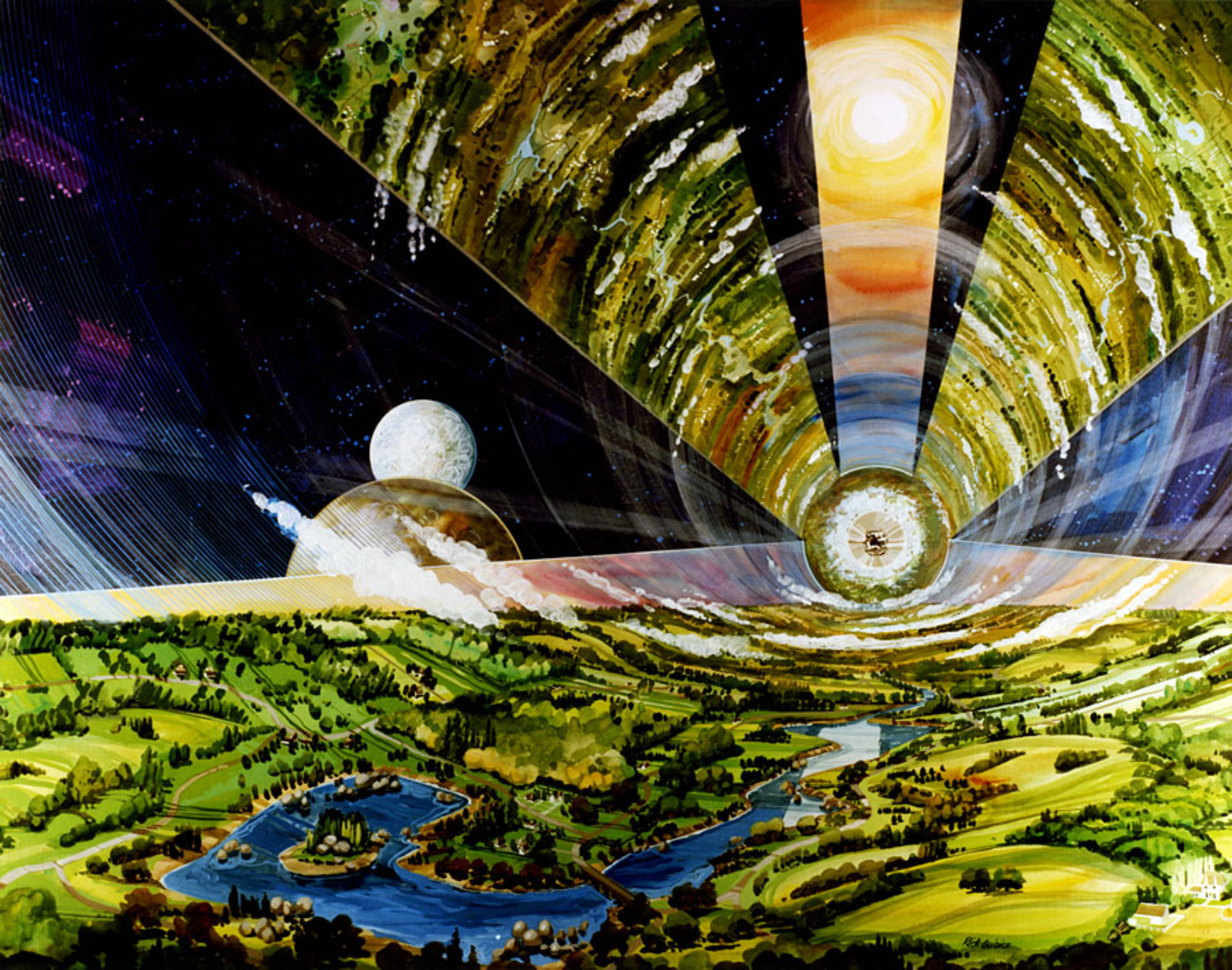
Two U.S. companies are partnering with NASA to develop new fuel sources and reactor designs for future nuclear-fueled crewed space missions. Nuclear thermal and fusion powered rockets could significantly reduce the travel time to the Red Planet, lowering the risk of radiation exposure and the cost of life support consumables.
In an article in IEEE Spectrum, freelance journalist Prachi Patel describes the challenges of designing space nuclear reactors that are safe and lightweight, which will be needed to propel exploratory missions to Mars. These type of space reactors have the added benefit of being able to switch from propulsion to a power source at their destination.
Seattle based Ultra Safe Nuclear Corporation has a reactor design that uses a grade of nuclear fuel enriched to less then 20% uranium classifying it below the limit of highly enriched uranium, thus reducing proliferation risks by nefarious actors. The company coats its microscopic uranium fuel pellets with ceramics in a zirconium carbide matrix. This design approach ensures that the fuel can withstand the extremely high temperatures and volatile conditions inside a nuclear thermal reactor.
BWX Technologies Corporation located in Lynchburg, Virginia has extensive space nuclear reactor experience and has been working under contract to NASA since 2017 to explore designs also using a temperature resistant ceramic composite fuel with low enriched (< 20%) uranium.
Both companies may benefit from the recent Trump Administration Space Policy Directive-6 released December 16 which aims to limit the use of highly enriched uranium in space nuclear reactors unless absolutely necessary. The Memorandum on the National Strategy for Space Nuclear Power and Propulsion specifies that “The use of highly enriched uranium (HEU) in SNPP [space nuclear power and propulsion] systems should be limited to applications for which the mission would not be viable with other nuclear fuels or non‑nuclear power sources.” Although Space Policy Directives can be negated or modified by new administrations this particular directive should have bipartisan appeal.
The article also mentions the Princeton Plasma Physics Laboratory’s Direct Fusion Drive that SSP covered last year. Fusion rockets, although further behind in technology readiness levels, hold promise to outperform fission-based propulsion as fusion reactions release up to four times as much energy.










